The excavation at Iklaina, a Bronze Age city in Greece, is providing valuable insights into the daily lives of the general population of the Mycenaean civilization. The excavation team, comprised of archaeologists, university students, and local workers, braved the scorching Mediterranean summer heat to delve deeper into the remains of Iklaina, a city that once held significant power and may have been involved in the legendary Trojan War over 3,000 years ago.
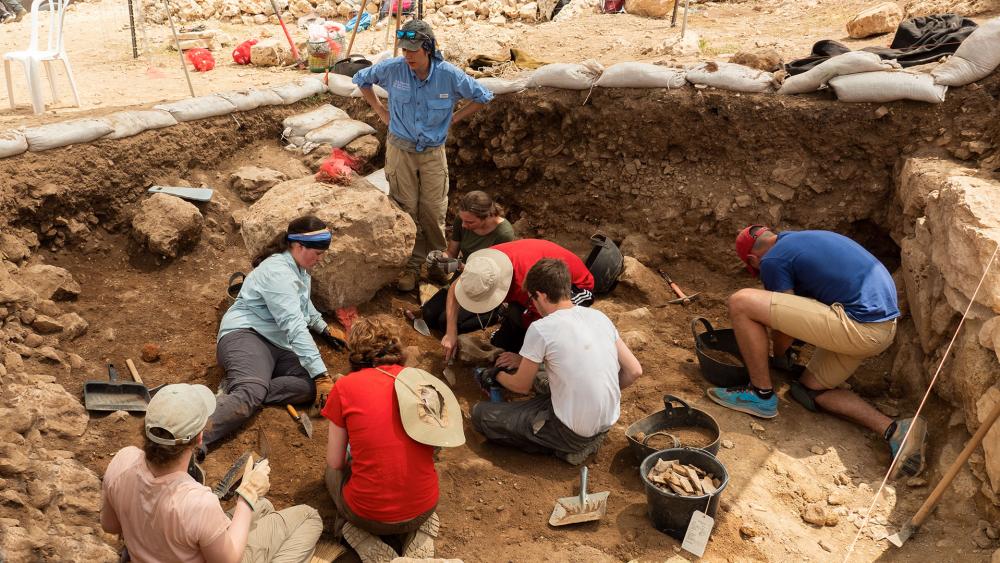
The Mycenaean civilization thrived in the Peloponnesian Peninsula between 1700 and 1100 B.C. It was characterized by a hierarchical society ruled by various palaces and kings, such as Agamemnon and Nestor, who sought to expand their dominion through warfare. This period also witnessed cultural and technological advancements, including the development of monumental architecture, advancements in ceramics, and the creation of Linear B, the earliest written form of the Ancient Greek language.
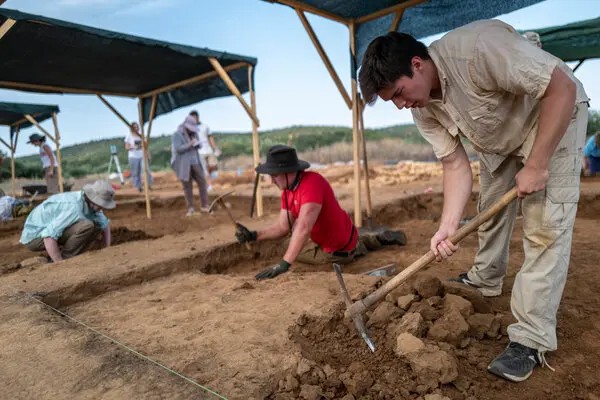
The excavation of Mycenaean sites, such as Mycenae itself, Tiryns, Gla, and Pylos, has provided valuable knowledge about the politics and lives of the elite. However, understanding the lives of the general population was deemed crucial for comprehending the rise and fall of the Mycenaean civilization. Consequently, archaeologists have focused on excavating towns rather than palaces and tombs to gain insights into this demographic. Nonetheless, detailed excavations of such towns have been rare until recently.
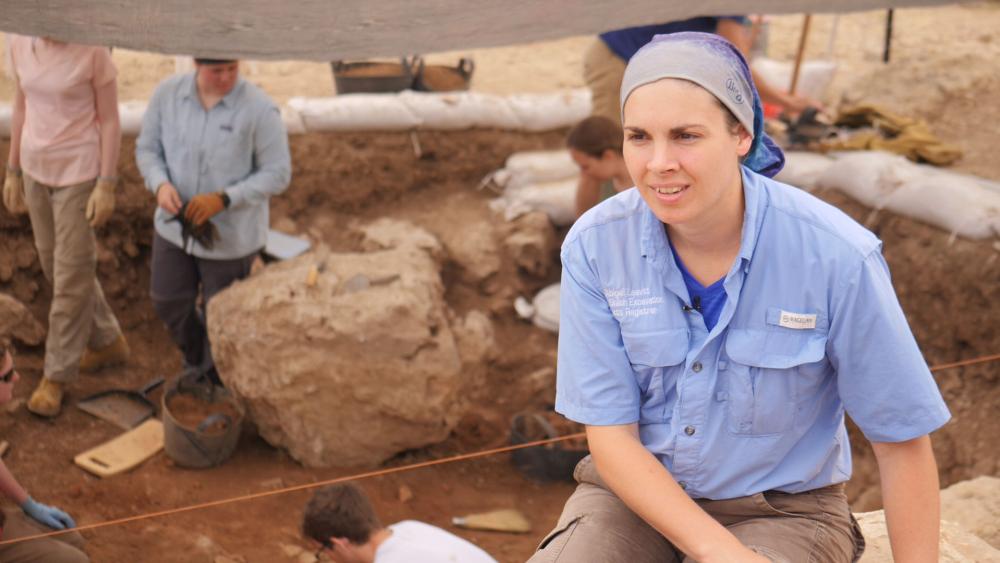
In 1999, Michael Cosmopoulos, a renowned archaeologist and professor, led an archaeological survey in the Messenia region of Greece. The team’s attention was drawn to an olive grove near the village of Iklaina, where an abundance of Bronze Age pottery had been discovered in the 1950s by Greek archaeologist Spyridon Marinatos. During this survey, Dr. Cosmopoulos noticed a large mound in the olive grove, suspecting that a significant settlement might be buried beneath it due to the vast amount of Mycenaean pottery scattered on the surface.
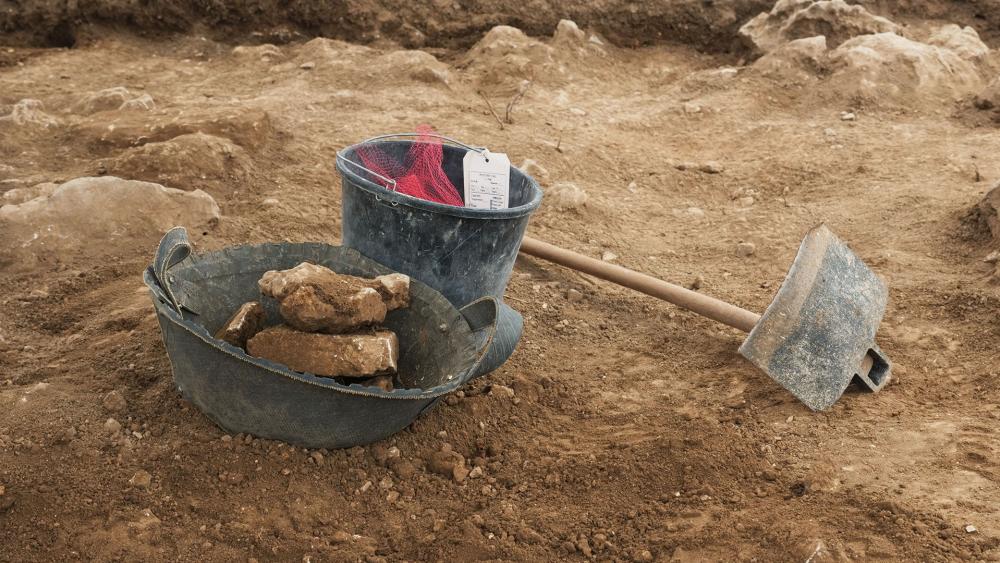
Systematic excavations conducted in 2009 confirmed that the mound was indeed the buried remains of a Cyclopean terrace, a foundation made of massive boulders typically found in palaces and important Mycenaean capitals. Using advanced techniques such as magnetometry and electric resistivity, which allow the detection of buried structures, the researchers scanned the surrounding area to delineate the site’s boundaries and plan their excavation strategy. The results were astonishing, as dozens of buildings were discovered around the terrace, extending across an area of nearly 32 acres. It became evident that Iklaina was not just a confined palace or elite residence but an entire city with houses, streets, and workshops.
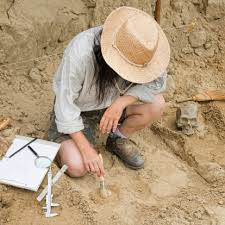
Over the past 16 years, the excavation at Iklaina has been the most extensive and comprehensive study of a Mycenaean regional capital. The excavations around the Cyclopean terrace revealed an elite district featuring plazas, paved roads, and administrative buildings. At the center of this district were grand halls, known as megara, which were used for formal events. The excavation also unearthed ceramic pipes used for distributing fresh water and a complex network of stone drains that provided a sophisticated sewage system.
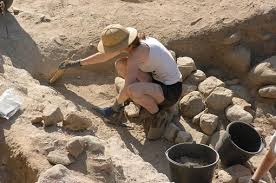
The ongoing excavation at Iklaina is shedding new light on the everyday life of the general population during the Mycenaean era. It offers valuable insights into the urban planning, infrastructure, and social organization of a regional capital. The discoveries made at Iklaina are contributing to a deeper understanding of the Mycenaean civilization and its historical and mythological significance at the crossroads of ancient Greece.





